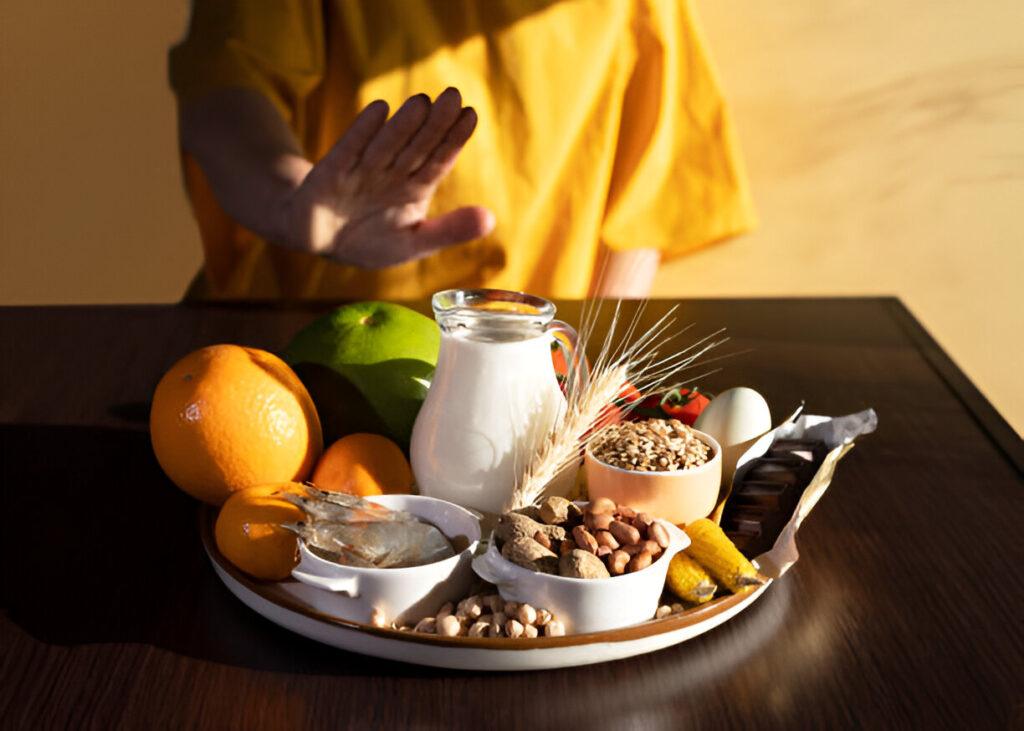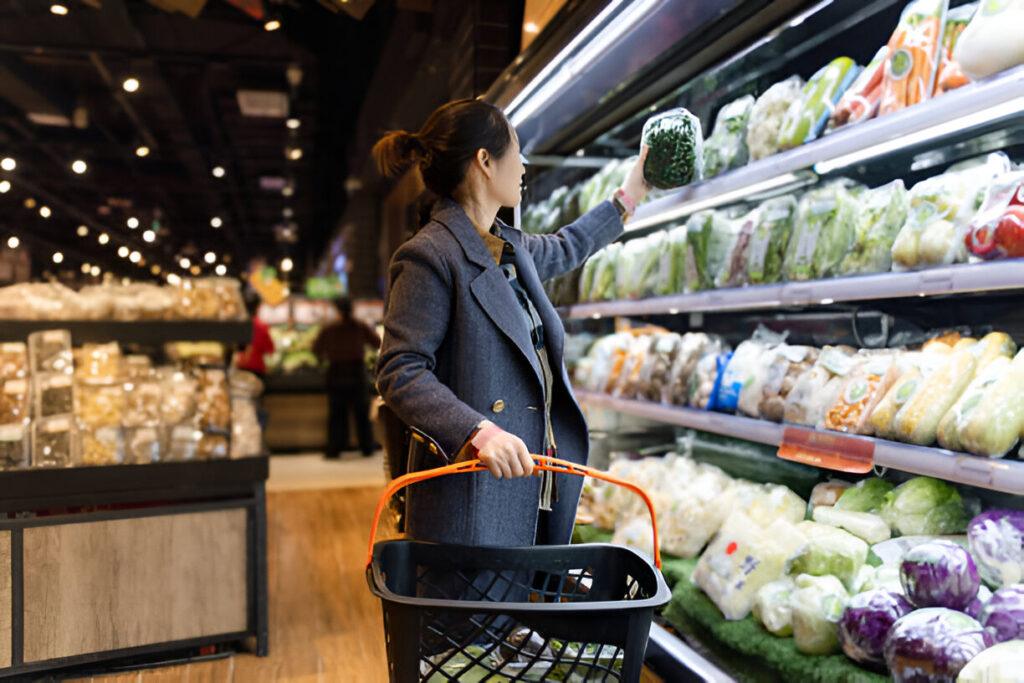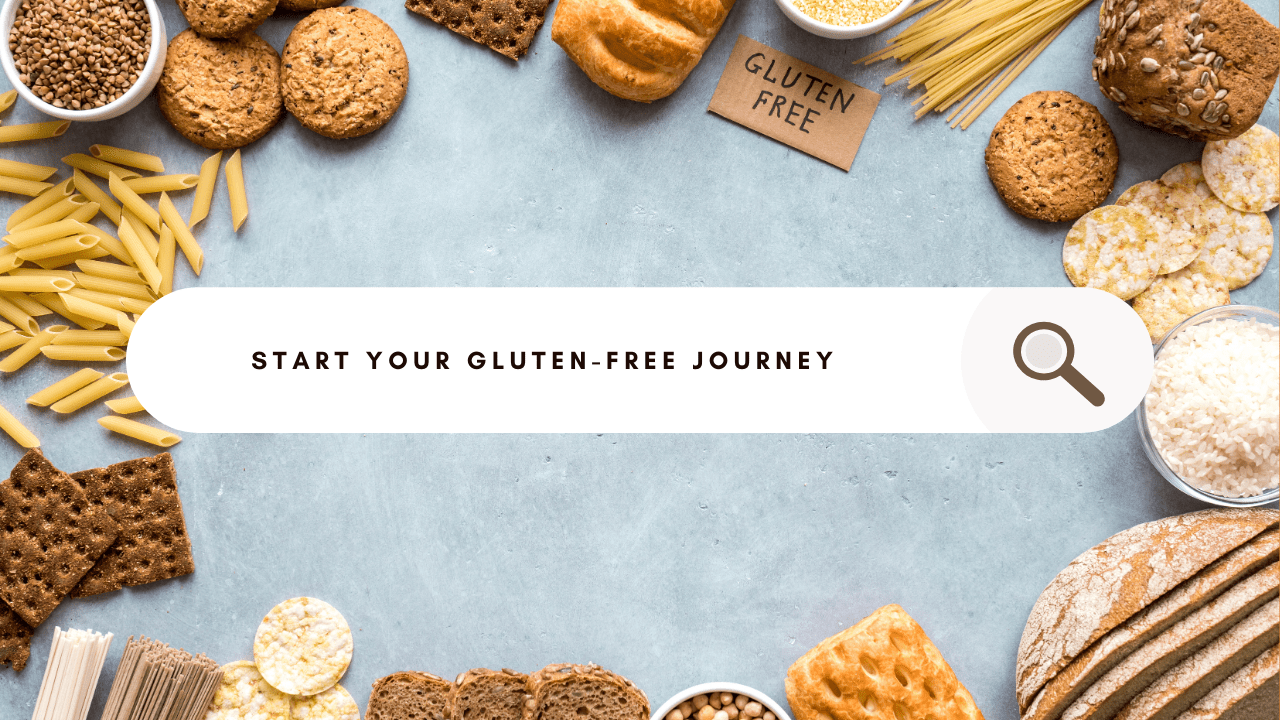How to Start a Gluten-Free Diet
Start off right by choosing naturally gluten-free foods like vegetables, fruits, fish, meats and dairy products which typically don’t contain gluten. Also consider whole grains without gluten content such as brown rice, millet, quinoa and sorghum which have been labeled gluten-free.
Gluten-free diets involve restricting foods containing gluten, which is found mainly in wheat, barley, rye and triticale. They are essential for those diagnosed with celiac disease as well as conditions linked to gluten like non-celiac gluten sensitivity, wheat allergy or even gluten ataxia.
What is Gluten?

Gluten is a protein found primarily in wheat, barley, rye and triticale that’s often considered an allergen food, leading to mild to severe digestive discomfort for some individuals. Consuming gluten may trigger your immune system’s mistaken attack against healthy tissue; in such instances intestinal damage could occur which would necessitate adhering to a gluten-free diet for healing.
Cutting gluten out isn’t as straightforward as simply purchasing products marked “gluten-free” at your grocery store; rather, it requires becoming an expert at finding hidden sources of gluten such as salad dressings and soups that contain hidden gluten as well as processed meats such as bologna or salami or candy that might contain hidden sources of hidden gluten. Furthermore, avoid foods containing pregelatinized starch, hydrolyzed vegetable protein or textured vegetable protein (TVP).
Not avoiding gluten is beneficial for those suffering from celiac disease and other autoimmune conditions, but not necessary for everyone. If going gluten-free to improve health is something you are considering doing, consult a physician or registered dietitian first before beginning.
An alternative diet such as gluten-free can often contain excessive sodium, fat and calories; thus, it’s essential to monitor your overall dietary intake in order to ensure sufficient fiber, calcium and B vitamins are consumed. Working with a registered dietitian will assist with this goal and create meal plans to suit your dietary requirements as well as recommend vitamins and minerals supplements as necessary to meet all your nutrient requirements. Also note that healing of gut damage caused by gluten may take six months or more; should you need assistance managing your diet it might be worthwhile seeking support from either an online or local gluten-free support group.
Who Should Avoid Gluten?

Many people turn to gluten-free diets in an effort to become healthier or lose weight, but this diet should not be seen as a solution in itself; in fact, it could result in deficiencies of essential vitamins such as fiber, B vitamins, iron and calcium; additionally it usually comes at a higher cost than traditional approaches.
Before making significant dietary changes, particularly ones that include eliminating food groups, it is wise to consult your physician. If you have celiac disease or any autoimmune conditions associated with gluten, your doctor is likely to advise a total avoidance of it; otherwise it remains less clear how much gluten should be consumed safely; some studies even suggest moderate levels may even provide benefits if consumed responsibly by those not at risk of an autoimmune condition.
As soon as you make the switch, focus on eating nutritiously dense foods such as fruits, vegetables, lean proteins (fish, chicken and beans), gluten-free grains such as quinoa millet amaranth. Avoid processed products containing gluten, such as cookies crackers flour tortillas bread etc. Read labels closely in order to spot hidden sources of gluten like emulsifiers dextrin mono di glycerides flavoring caramel colors seasoning sauces salad dressings marinades may contain hidden sources.
When dining out, choose restaurants that specialize in gluten-free cooking or provide an entire gluten-free menu. Read online reviews, call ahead, and ask if any items can be modified accordingly. Bring along salad dressing or sauce from home so as to guarantee its safety – remembering that eating out may prove challenging when following a gluten-free diet can be daunting task!
Foods to Eat/Avoid
Gluten-free diets involve eliminating foods containing gluten, which is found primarily in wheat, barley, rye and triticale. While naturally gluten-free foods such as fruits, vegetables, legumes, nuts and seeds should be safe to consume without concern, processed products containing gluten should be avoided, such as processed meats like deli meats or salad dressings that contain it may include malt flavoring and modified food starch that could contain it; medicines may also use gluten as binding agents, so check with your pharmacist regarding products you take.
When selecting what to eat, prioritize healthy and minimally processed options like fresh fruits and vegetables, low-fat dairy products and lean meats. When it comes to processed food choices, choose those labeled gluten-free or made with naturally gluten-free grains like rice or corn. Avoid foods made with wheat, rye or triticale flour products as well as products labeled self-rising durum flour unless specifically labeled gluten-free; some studies indicate oats may also contain trace amounts of gluten during processing plants.
Make sure your family and friends know about your new diet so they can offer support, such as finding restaurants with gluten-free options for meals and celebrations. Join a gluten-free support group so you can learn more about the condition while connecting with others who follow a gluten-free diet. It may be wise to start gradually; otherwise abruptly eliminating gluten can cause withdrawal symptoms such as diarrhea and vomiting that make sticking with it harder while getting all of your necessary nutrition.
Shopping Tips

Many grocery stores now feature dedicated gluten-free aisles, making shopping easier for those following a restricted diet. But starting from scratch may be daunting, so experts suggest starting by identifying naturally gluten-free foods such as fresh produce, meats and dairy products and building on those staples as the foundation of one’s diet.
When selecting gluten-free grains, the FDA suggests selecting rice, millet, quinoa, sorghum amaranth and teff as they do not contain gluten. However, labels should still be read carefully as even these may become contaminated if produced at the same facility with wheat barley and rye products. Oats also contain gluten but certified gluten-free varieties are safe.
As it’s important to keep in mind that gluten-free foods may not provide as many essential vitamins and minerals, it is also crucial that people find ways to limit fat and sugar consumption.
When dining out, people should contact the restaurant ahead of time and inquire whether they can safely prepare dishes without gluten and review their menu online before arriving at their destination. Furthermore, family and friends should know of your diet so they can assist by choosing restaurants with gluten-free dishes or creating gluten-free meals at home. Furthermore, those using flexible spending accounts for medical expenses should speak to their employer regarding how those funds could be utilized to purchase gluten-free food items.
Lifestyle Advice

Starting a gluten-free diet may seem intimidating at first, but with proper knowledge and planning it won’t be nearly as challenging.
Begin by educating yourself: learn what gluten is, the symptoms of celiac disease and which foods you can and cannot consume. Once this information has been acquired, speak with your physician or registered dietitian; these professionals can help create an eating plan tailored specifically to meet all of your needs and goals.
Start out by replacing obvious gluten-containing grains with naturally gluten-free alternatives such as rice, quinoa and millet. This will allow you to practice reading ingredient lists and becoming acquainted with your new food choices while giving yourself time to get acquainted. Also try experimenting with various recipes or buying gluten-free bread, wraps, pasta and crackers and see which you prefer best!
Although going gluten-free will likely help improve your digestive health, it’s still essential to get enough fiber and other essential nutrients from food you eat. Be sure to eat plenty of whole fruits and vegetables, beans and legumes, nuts and seeds, fish, lean meats etc.
Make it part of your routine to check labels and clean cooking utensils regularly in order to reduce cross contamination with gluten or allergens, like peanuts. When sharing a kitchen with family members, separate condiment containers and chopping boards may help prevent accidental exposure of gluten-containing items. When traveling, researching restaurants beforehand ensures you’ll be able to eat safely; if uncertain as to what to order while out and about, contact the server and request advice from them.

Written by Samantha Greene, a gluten-free home cook with over 10 years of experience creating allergy-friendly recipes the whole family can enjoy.






